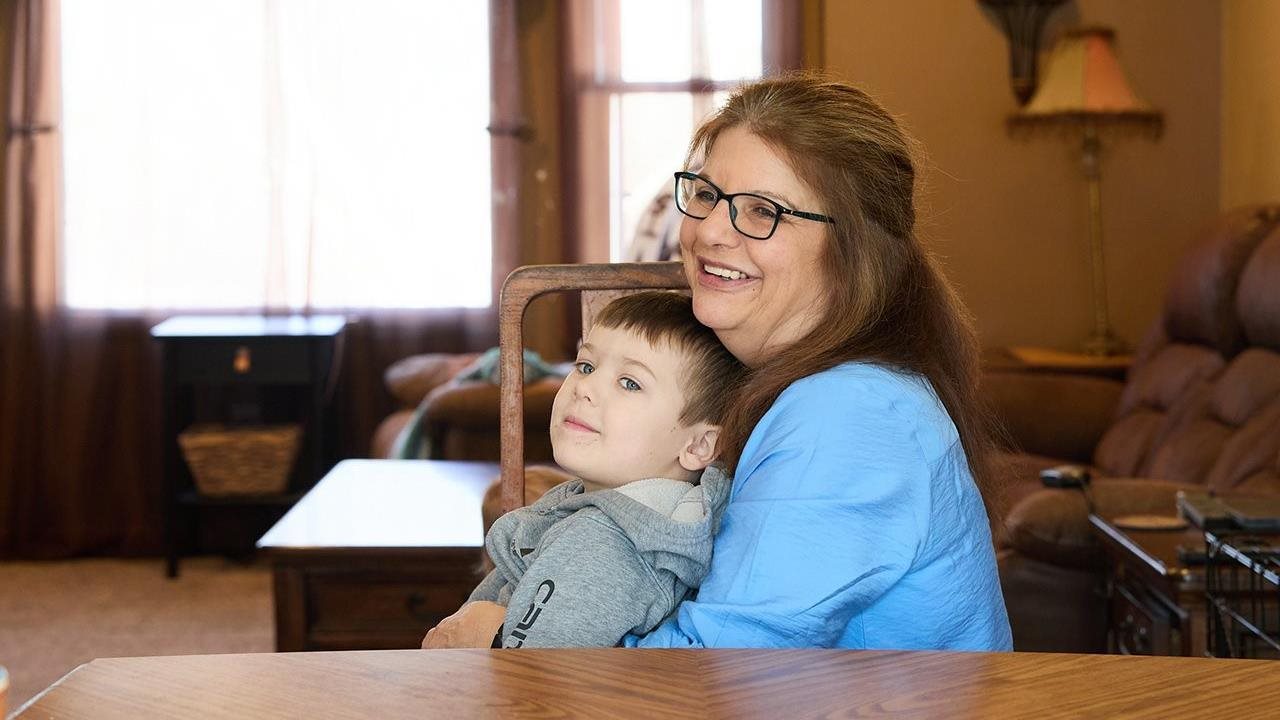Let's Find a Way to Give Hope to the Spinocerebellar Ataxia (SCA) Community
Posted: July 23, 2025 | Word Count: 614

When Jen's alarm clock sounds the call of a new day, her first steps are not to the coffee machine, but rather to her desk to accomplish anything that might require handwriting. She then turns her attention to any household chores that require her to go upstairs — and hopes to tackle them before noon. When she can return to the first floor of her home where she will remain for the rest of the day, she readies her meals to ensure they require little preparation when hunger strikes. These tasks all need to be done as soon as she rises, because as the clock ticks onward, Jen's mobility will decline. Her handwriting will become illegible, the second floor of her home will become a destination no longer in reach, and her ability to maneuver throughout her kitchen to make food will become an uphill battle she cannot win.
Jen has a form of Ataxia called spinocerebellar ataxia (SCA), a group of rare progressively debilitating neurodegenerative diseases characterized by loss of voluntary motor skills, loss of balance, frequent falling, impaired coordination of arms and legs, and premature death in some cases, among many other symptoms. Despite these symptoms, Jen persists and finds a way to overcome the challenges that SCA poses against her.
Beyond the physical difficulties, one of the most devastating parts of this disease is the generational impact it has on families, where multiple family members (parents, children, aunts, uncles, cousins) are living with SCA, often at the same time. For Jen, losing her mobility throughout the day is a physical burden that pales in comparison to the mental anguish of knowing that her children and grandchildren may inherit the disease. Jen's family has been plagued by a type of SCA for generations, an experience that is all too familiar to many families affected by the disease. This is why Jen is joining the National Ataxia Foundation (NAF) in the "Let's Find A Way" campaign.
It has been more than thirty years since the first specific genetic mutation was discovered for SCA, yet the community waits for the first FDA-approved treatments to become available — and has tired of waiting. The "Let's Find A Way" campaign, inspired by the determination of so many people living with SCA to find a way to overcome the challenges of the disease, aims to raise awareness of the approximately 15,000 people in the U.S. who have no treatment options to slow progression of the disease — and the generations to come who will be subjected to the same fate if no treatments become available.
Though rare diseases like SCA impact a relatively small number of individuals, together they represent a powerful community facing unique and often overwhelming challenges — limited research, delayed diagnoses, and few or no treatment options. Let's find a way to give hope to the SCA and rare disease community by encouraging the FDA to approve safe and effective treatment options. Patients and families deserve the same urgency and access as those affected by more common conditions. Let's find a way to raise awareness of SCA to shine a light on its impact, to drive more research, and to spark greater investment, because rare does not mean invisible. Let's find a way to secure access to treatment, for those like Jen, currently fighting the battle that SCA yields, and for future generations. A future with hope starts with action today.
Join Jen in finding a way by signing and sharing NAF's petition urging the FDA to consider treatment options for rare diseases with unmet needs, including SCA, and visit https://www.ataxia.org/ to learn more about how NAF is working to find a way.
